
Costus erythrophyl - Plant
(MRP Inclusive of all taxes)
- Shipping ₹79 for entire order
- Dispatch in 7 days
- Country of origin: India

(MRP Inclusive of all taxes)
 Save 29%
Save 29%
Air Purifier Money Plant with Pot The Air Purifier Money Plant, also known as Pothos or Epipremnum aureum, is a stunning indoor plant that...
View full details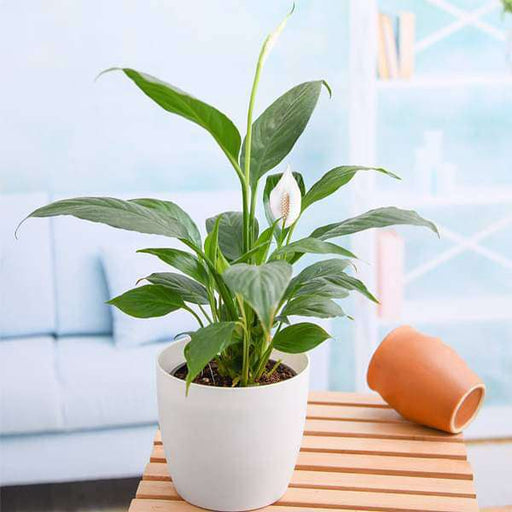
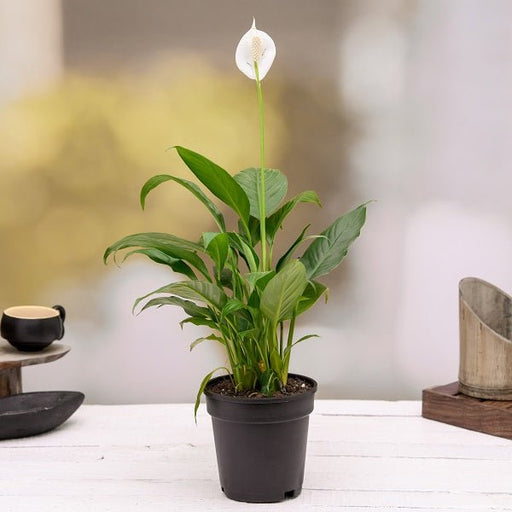 Save up to 15%
Save up to 15%
Peace Lily, Spathiphyllum - Plant The Peace Lily, scientifically known as Spathiphyllum, is a stunning houseplant celebrated for its elegant white...
View full details
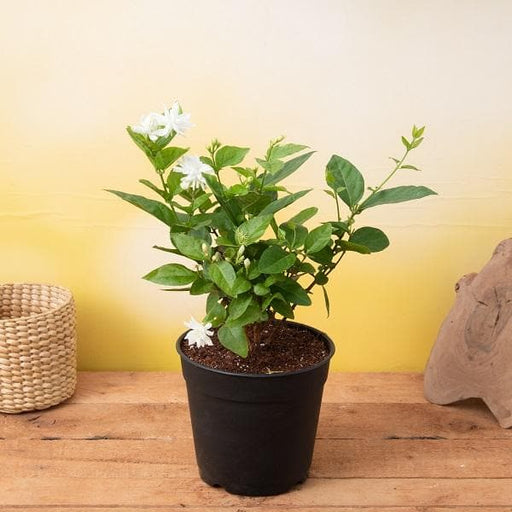 Save 25%
Save 25%
Jasminum sambac, Mogra, Arabian Jasmine - Plant Jasminum sambac, commonly known as Mogra or Arabian Jasmine, is a fragrant flowering plant...
View full details
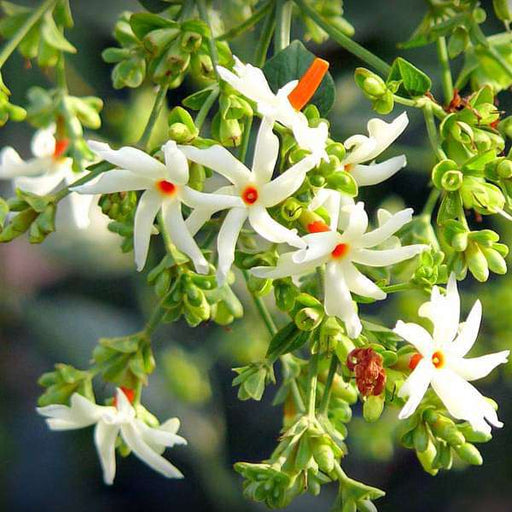 Save 18%
Save 18%
Combo Constituents Includes the Parijat Tree (Night-Flowering Jasmine), a culturally significant plant with fragrant flowers. Description The Pari...
View full details
 Save 25%
Save 25%
Miniature Rose, Button Rose (Any Color) - Plant The Miniature Rose, also known as the Button Rose, is a charming and compact flowering plant that ...
View full details Save 25%
Save 25%
Damascus Rose, Scented Rose (Any Color) - Plant The Damascus Rose, also known as Rosa damascena, is a timeless symbol of beauty and romanc...
View full details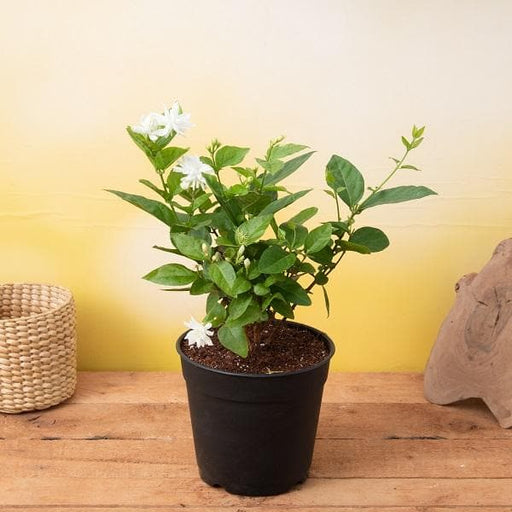
 Save 17%
Save 17%
Beautiful Fragrant Mogra, Arabian Jasmine Plant with Pot The Beautiful Fragrant Mogra, also known as Arabian Jasmine (Jasminum sambac), is...
View full details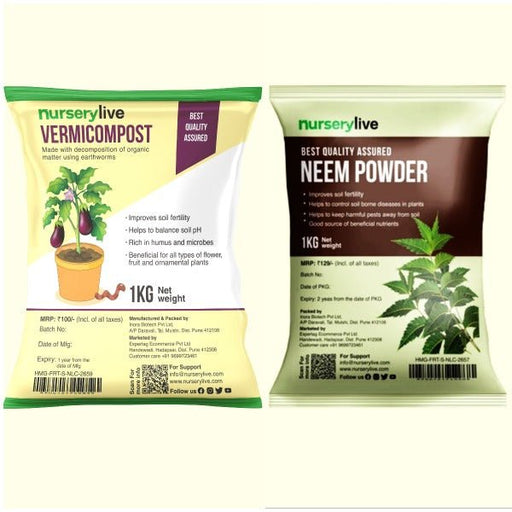 Save 15%
Save 15%
Pack of Vermicompost and Neem Cake for House Plants Transform your indoor garden with our premium Pack of Vermicompost and Neem Cake, spec...
View full details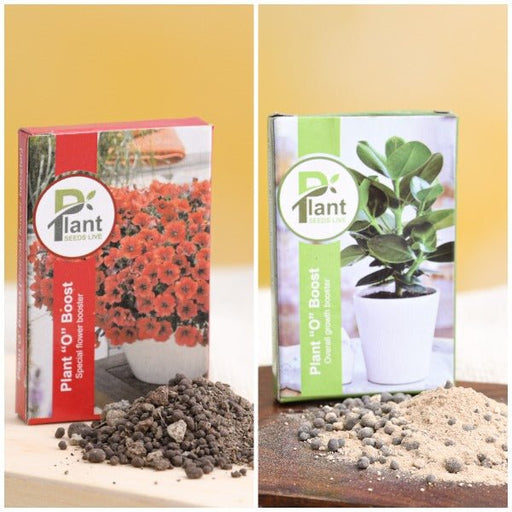
Pack of Plant Growth and Flower Boosters Unlock the full potential of your garden with our Pack of Plant Growth and Flower Boosters! This ...
View full details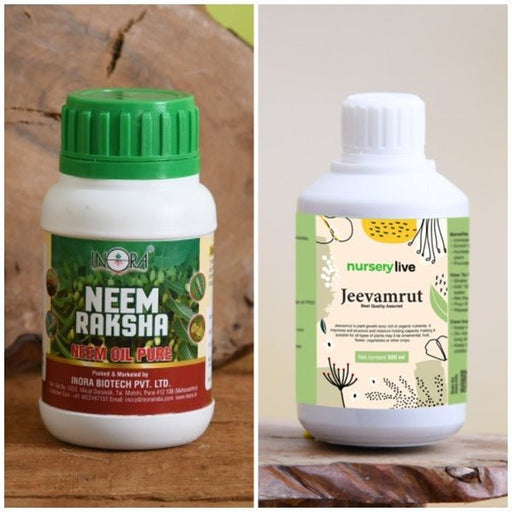 Save 38%
Save 38%
Combo of Jeevamrut and Neem Raksha for Easy Growth and Protection of Houseplants Transform your indoor garden with our exclusive combo of ...
View full details Save 22%
Save 22%
Plant Nutrients Kit (Pack of 16) for a Healthy Garden Transform your garden into a lush paradise with our Plant Nutrients Kit, featuring 1...
View full details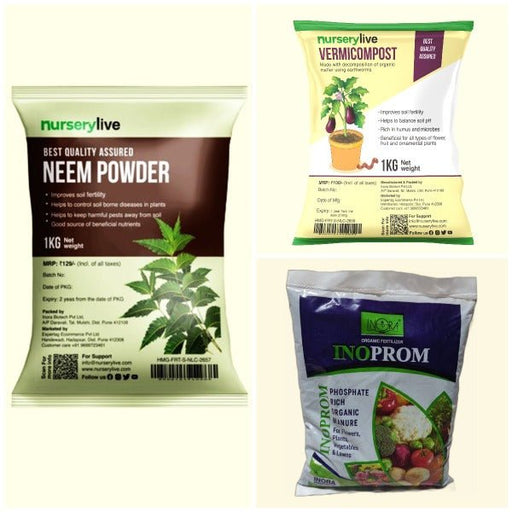 Save 16%
Save 16%
Combo of Top Plant Fertilizers Elevate your gardening game with our exclusive Combo of Top Plant Fertilizers, featuring two bags of premiu...
View full details Save 24%
Save 24%
Pack of 4 Additives to Make Soil Healthy and Nutrient Rich Transform your garden into a thriving ecosystem with our Pack of 4 Additives de...
View full details Save 30%
Save 30%
Transform your gardening experience with our premium Combo of Perlite and Vermiculite. This unique blend is designed to enhance soil aeration and ...
View full details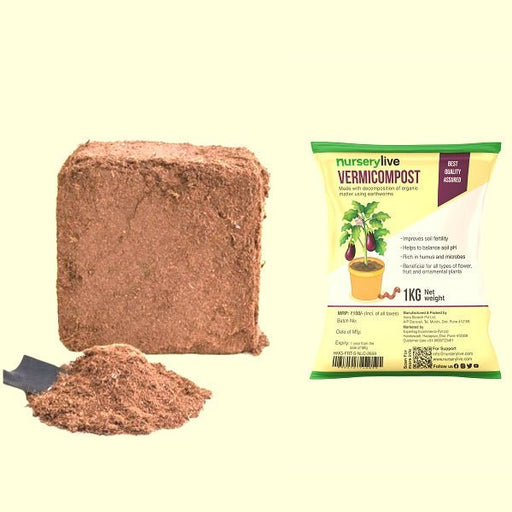 Save 27%
Save 27%
Combo of 2 Vermicompost and Cocopeat - Enrich Your Soil Naturally! Transform your garden into a thriving ecosystem with our Combo of 2 Ver...
View full details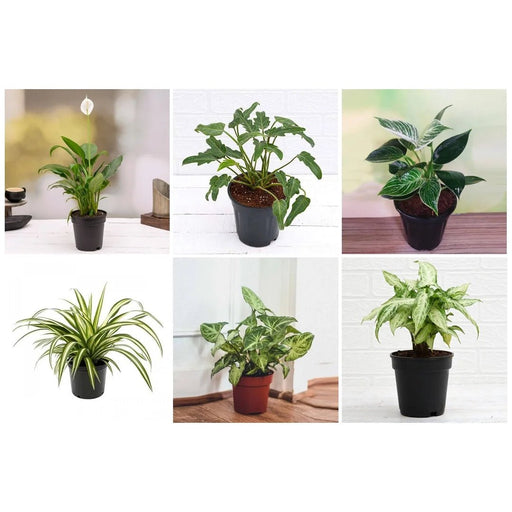
 Save 35%
Save 35%
Best 6 Plants for Perfect Indoor Garden Transform your living space into a lush oasis with our curated collection of the Best 6 Plants for a...
View full details
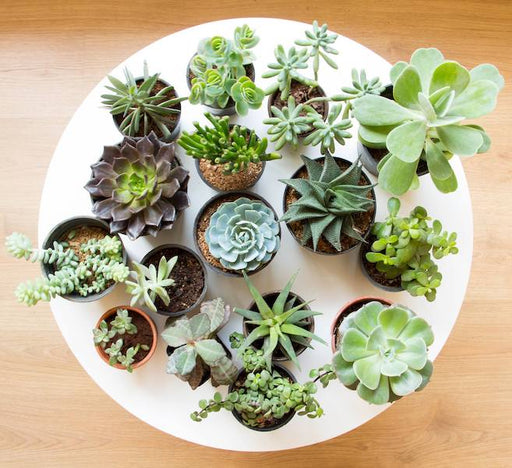 Save up to 50%
Save up to 50%
Mini Succulent Garden Pack Transform your space with our Mini Succulent Garden Pack, featuring a delightful collection of 4 any variety beautiful s...
View full details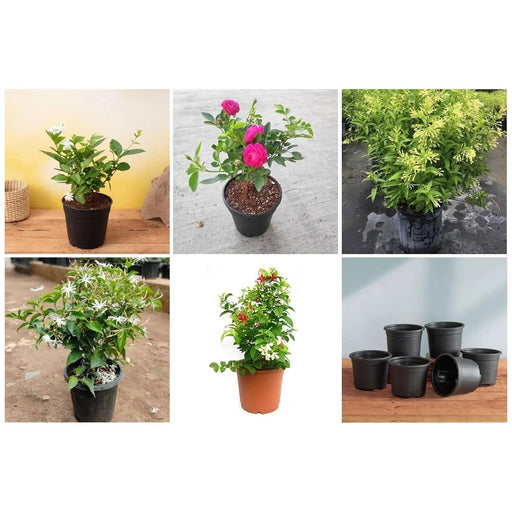
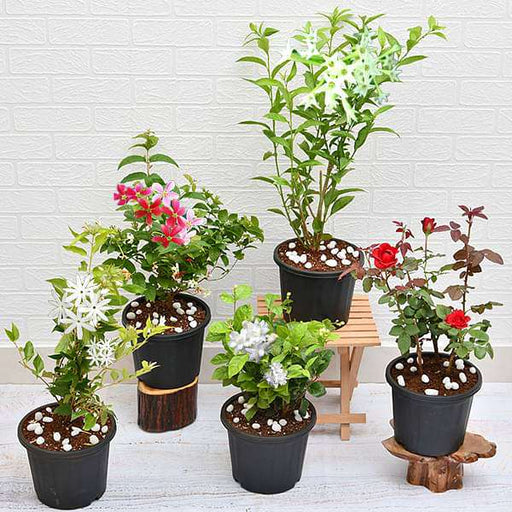 Save 30%
Save 30%
5 Best Fragrant Plants Transform your garden or indoor space into a fragrant paradise with our curated selection of the 5 Best Fragrant Plants. Th...
View full details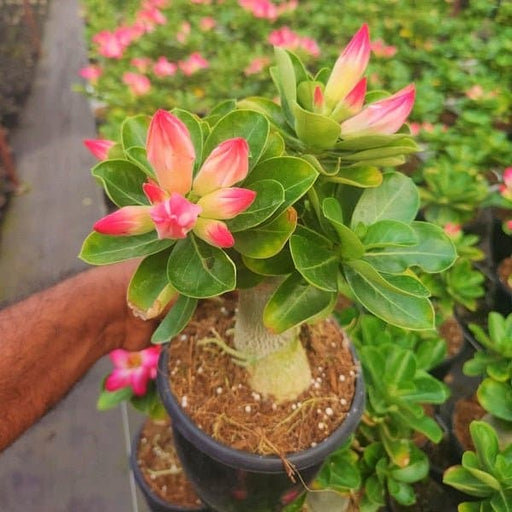
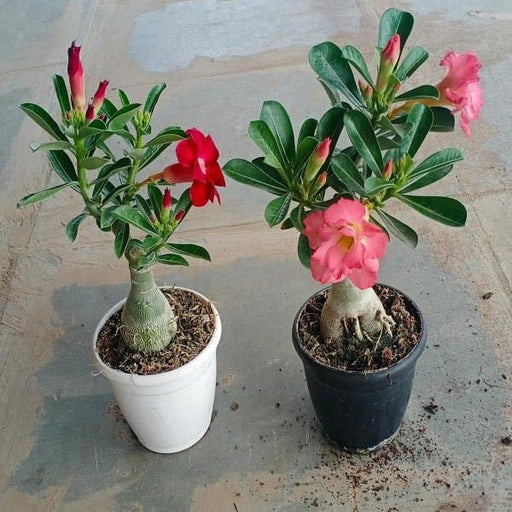 Save 24%
Save 24%
Set of 2 Bonsai Looking Grafted Adeniums Transform your indoor or outdoor space with our exquisite Set of 2 Bonsai Looking Grafted Adenium...
View full details Save 45%
Save 45%
Top 4 Die Hard Succulents Pack Transform your indoor or outdoor space with our Top 4 Die Hard Succulents Pack, featuring a curated selecti...
View full details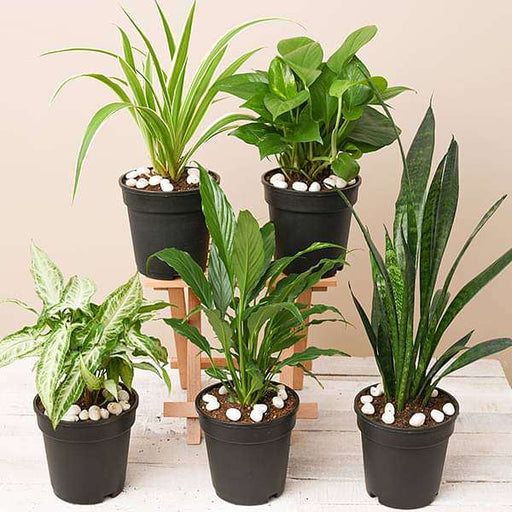
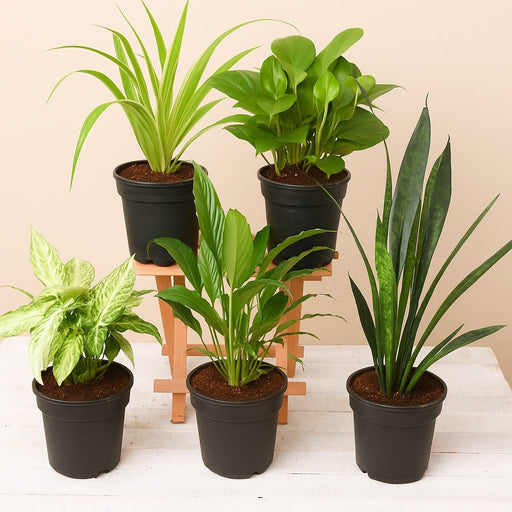 Save 30%
Save 30%
5 Best Indoor Plants Pack Transform your living space into a lush oasis with our '5 Best Indoor Plants Pack.' This carefully curated collection fe...
View full details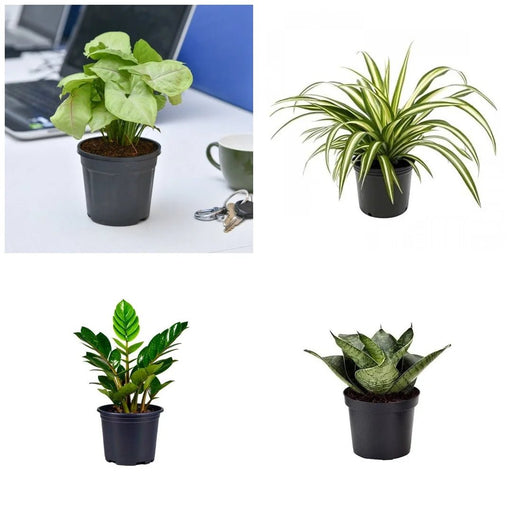
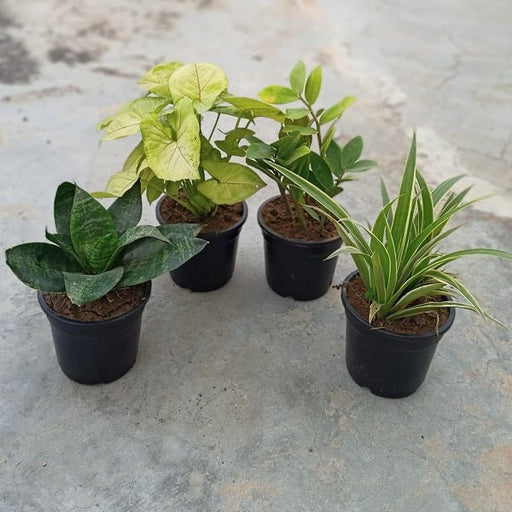 Save 25%
Save 25%
Set of 4 Evergreen Air Purifier Plant Pack Transform your indoor space into a lush, green oasis with our Set of 4 Evergreen Air Purifier Pla...
View full details| SrNo | Item Name |
|---|---|
| 1 | Costus erythrophyl - Plant |
Costus erythrophyllus, commonly known as the Spiral Ginger, is a stunning tropical plant native to the lush rainforests of Central and South America. With its striking red and green foliage, this perennial herbaceous plant can grow up to 1.5 meters tall, making it a captivating addition to any garden or landscape. Its unique spiral leaf arrangement and vibrant flowers attract pollinators, adding life and color to your outdoor space.
What makes Costus erythrophyllus special is its ability to thrive in a variety of conditions while providing ecological benefits. This plant not only enhances biodiversity but also plays a role in soil stabilization and erosion control. Its striking appearance and ecological importance make it a favorite among gardeners and environmentalists alike.
One of the most remarkable features of Costus erythrophyllus is its ability to attract hummingbirds and butterflies, making it a perfect choice for pollinator gardens. Additionally, its leaves are known for their medicinal properties, traditionally used by indigenous cultures for various ailments.
This vibrant plant, often dubbed the "golden trumpet," is a showstopper in any garden. With its striking yellow flowers and lush green leaves, it’s like the diva of the plant world, demanding attention and admiration. Not only does it add a splash of color, but it also attracts pollinators like bees and butterflies, making your garden the hottest spot in the neighborhood.
Growing this beauty is easier than pie—if pie were made of sunshine and well-drained soil. It thrives in tropical climates, so if you live in a place where the sun shines brighter than your neighbor’s new car, you’re in luck! Just remember to water it regularly, and it’ll reward you with a stunning display that’ll make your friends green with envy.
Caring for Costus erythrophyllus is like nurturing a celebrity; it requires attention but isn’t overly demanding. Regular watering, occasional fertilization, and a little pruning will keep this plant looking fabulous. Just like a good skincare routine, consistency is key.
Beyond its aesthetic appeal, Costus erythrophyllus is a multitasker. It can improve air quality, provide shade, and even serve as a natural habitat for local wildlife. It’s like the Swiss Army knife of plants—functional, beautiful, and always ready to impress.
Propagating Costus erythrophyllus is as easy as sharing gossip at a coffee shop. You can do it through cuttings or division, and before you know it, you’ll have a mini jungle of these beauties. Just make sure to give them some love and attention, and they’ll flourish like the latest trend on social media.
This plant loves to party in warm, humid environments, making it a perfect fit for tropical gardens. Think of it as the life of the party, thriving in rich, well-drained soil and basking in the sun. If you can provide a little shade during the hottest hours, it’ll be forever grateful.
Like any diva, Costus erythrophyllus can attract a few unwanted guests. Watch out for aphids and spider mites, who might try to crash the party. A little neem oil or insecticidal soap will send them packing, ensuring your plant remains the belle of the ball.
This plant isn’t just a pretty face; it has practical uses too! From landscaping to herbal remedies, Costus erythrophyllus can do it all. It’s often used in traditional medicine, proving that beauty and brains can coexist in the plant kingdom.
When it comes to flowering, Costus erythrophyllus doesn’t hold back. Its bright yellow blooms are like nature’s confetti, celebrating the arrival of warmer months. These flowers not only look stunning but also attract pollinators, making your garden a buzzing hotspot.
This plant is a sun worshipper, thriving in full to partial sunlight. Think of it as the ultimate sunbather, soaking up rays and looking fabulous while doing so. Just be cautious of too much direct sunlight, as it can lead to sunburn—yes, plants can get sunburned too!
Costus erythrophyllus prefers well-drained, rich soil, much like a high-maintenance friend who only dines at five-star restaurants. A mix of loamy and sandy soil will keep it happy and healthy, ensuring it grows to its full potential without any drama.
Incorporating Costus erythrophyllus into your landscape design is like adding a splash of color to a black-and-white movie. It can serve as a focal point, border, or even a backdrop for other plants. With its bold presence, it’ll elevate your garden from ordinary to extraordinary in no time.
Costus erythrophyll, also known as the spiral ginger, is a tropical plant that boasts stunning, spiraled leaves and vibrant yellow flowers. It’s like nature’s own twisty straw, perfect for adding a splash of color to your garden or indoor jungle. Just don’t expect it to serve you a drink!
Caring for Costus erythrophyll is a breeze! It loves bright, indirect sunlight and moist, well-draining soil. Think of it as your high-maintenance friend who thrives on attention but rewards you with beauty. Just keep it hydrated, and it’ll flourish like a diva on a sunny stage!
Absolutely! Costus erythrophyll can be a fabulous indoor companion. Just ensure it gets enough light and humidity, and it’ll be as happy as a clam in a tropical paradise. It’s like having a little slice of the rainforest right in your living room—minus the mosquitoes!
Costus erythrophyll prefers warm temperatures, ideally between 65°F to 85°F. It’s not a fan of the cold, so keep it away from chilly drafts. Think of it as a sunbather who loves lounging in warmth—just don’t forget the sunscreen!
Water your Costus erythrophyll when the top inch of soil feels dry. It’s like a thirsty friend who needs a drink but doesn’t want to drown in it. Aim for a balance—too little water, and it’ll sulk; too much, and it’ll throw a soggy tantrum!
While Costus erythrophyll isn’t a pest magnet, it can occasionally attract aphids or spider mites. Think of it as a popular kid in school—some admirers can be a nuisance! Regularly check your plant, and if pests crash the party, a gentle spray of insecticidal soap will send them packing.
Yes, you can propagate Costus erythrophyll through stem cuttings! It’s like cloning your favorite plant without the sci-fi drama. Just take a healthy cutting, place it in water or soil, and watch it grow into a mini version of its fabulous self. Plant parenting made easy!
Good news for pet lovers! Costus erythrophyll is non-toxic to cats and dogs. It’s like the friendly neighbor who invites your pets over for tea without any risk of them getting sick. Just keep an eye on them; they might still try to nibble on those enticing leaves!
Growing Costus erythrophyll adds a tropical flair to your space, purifies the air, and boosts your mood. It’s like having a personal cheerleader that brightens your day with its vibrant colors. Plus, it’s a conversation starter—everyone will want to know about your exotic plant!
Patience is key! Costus erythrophyll typically takes about 1-2 years to bloom after planting. It’s like waiting for a fine wine to mature—worth the wait! Once those stunning yellow flowers appear, you’ll feel like you’ve hit the botanical jackpot!
Costus erythrophyll is not a winter warrior; it prefers warm climates. If you live in a cooler area, bring it indoors during winter. Think of it as a snowbird escaping the cold—just make sure it has a cozy spot to thrive until spring returns!